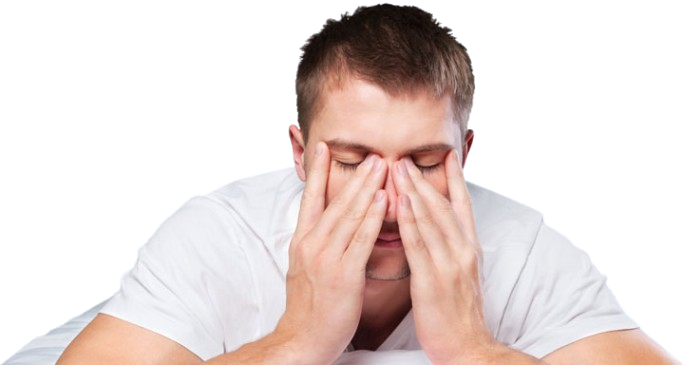Sleep Disorders
Sleep Disorders in Children
Is your child struggling with sleep?
It’s not just adults who face sleep issues—kids can have their own share of struggles too. From trouble falling asleep to waking up frequently in the night, there are many reasons why your little one might not be getting the sleep they need. The important thing is to understand what’s causing the problem so they can get the right treatment.
Kids can experience things like nightmares, sleep apnoea, Restless Leg Syndrome, parasomnias, insomnia, or even nocturnal seizures. We know these terms might sound a bit overwhelming, but don’t worry, we’re here to help. Our team at Auckland Sleep are parents too, so we get it. We take a personal approach, creating a treatment plan that’s tailored to your child’s needs. The first step is to fill out our Sleep Questionnaire to gather the right information.
How we treat children’s sleep disorders
The sooner we can identify issues like sleep apnoea, the better the chance we have to make things right. Sleep problems in kids are often complex, so we take a holistic approach to diagnosis and treatment.
Our multi-disciplinary team of specialists will assess the severity of your child’s sleep issues, give a diagnosis, and guide you toward the best treatment plan. Whether it’s clinical treatment, surgery, or behavioural therapy, we provide ongoing care every step of the way. Our goal is to get to the root of the issue and provide long-term relief.
Common sleep disorders in children
Obstructive sleep apnoea happens when a child’s airway gets blocked while they sleep, causing frequent awakenings. Children with OSA often snore loudly, have pauses in breathing, or adopt strange sleeping positions.
Causes of OSA in children:
The most common culprit is enlarged tonsils and adenoids. Other possible causes include:
- A small jaw or narrow facial structure
- History of cleft palate or pharyngeal flap surgery
- Obesity
- Neuromuscular disorders
Treatment for OSA in children:
OSA in kids is often treated with relatively straightforward surgery. While no parent loves the idea of their child having surgery, it’s best to address the problem early. Treating OSA when your child is young ensures that it doesn’t turn into bigger health issues later on.
Sleepwalking is when a child gets up and walks around while still asleep. It’s actually pretty common—around 10-20% of kids sleepwalk occasionally. In most cases, they grow out of it as they get older.
Causes of sleepwalking:
- Family history of sleepwalking
- Overtiredness
- Irregular sleep schedule
- Illness or fever
- Full bladder before bed
- Changes in sleep environment (like moving rooms)
- Certain medications
Treatment for sleepwalking:
While sleepwalking generally decreases with age, it’s important to keep your child safe during episodes. Here’s what you can do:
- Stick to a consistent sleep schedule
- Don’t wake a sleepwalking child—gently guide them back to bed
- Keep their sleeping area familiar
- Safety-proof your home (lock doors and windows, block stairs)
- Make sure they’ve used the toilet before bed
If sleepwalking becomes more frequent or doesn’t improve, it might indicate an underlying condition like sleep apnoea or restless legs syndrome. In that case, it’s a good idea to talk to a sleep specialist.
UARS is a bit trickier to diagnose but can cause similar issues to sleep apnoea, like daytime tiredness, insomnia, and trouble concentrating.
Causes of UARS:
UARS occurs when a narrowing of the airway limits airflow, but unlike OSA, there aren’t major pauses in breathing. Kids with UARS tend to have normal weight, while kids with OSA are often overweight.
Treatment for UARS:
The most common treatment for UARS in kids is the removal of tonsils or adenoids. Other options include:
- Orthodontic treatment
- Oral appliances
- Positional therapy
Here are some signs that your child might be dealing with a sleep disorder:
- Persistent snoring or interrupted breathing while asleep
- Trouble falling or staying asleep
- Daytime sleepiness or fatigue
- Mouth breathing
- Difficulty concentrating or poor school performance
- Hyperactivity or behavioural issues
- Bed-wetting after the age of 5
Sometimes, kids just have a hard time sleeping. If you don’t suspect an underlying disorder, there are some simple things you can do to help your child get a better night’s rest:
- Stick to a consistent bedtime and wake time
- Create a relaxing bedtime routine, like a bath and a story
- Avoid caffeine in the afternoon
- Keep their room dark, quiet, and well-ventilated
- Remove all screens an hour before bed
- Help your child settle into their own bed rather than letting them fall asleep in your arms

When to get help for sleep problems in children
If your child is tired during the day or you’re noticing it’s affecting their behaviour or focus, it might be time to see a sleep specialist. Early intervention can make a world of difference in your child’s well-being.

If you want to learn how your nose and sinuses is affecting you and what treatments can help, take our sleep test.
